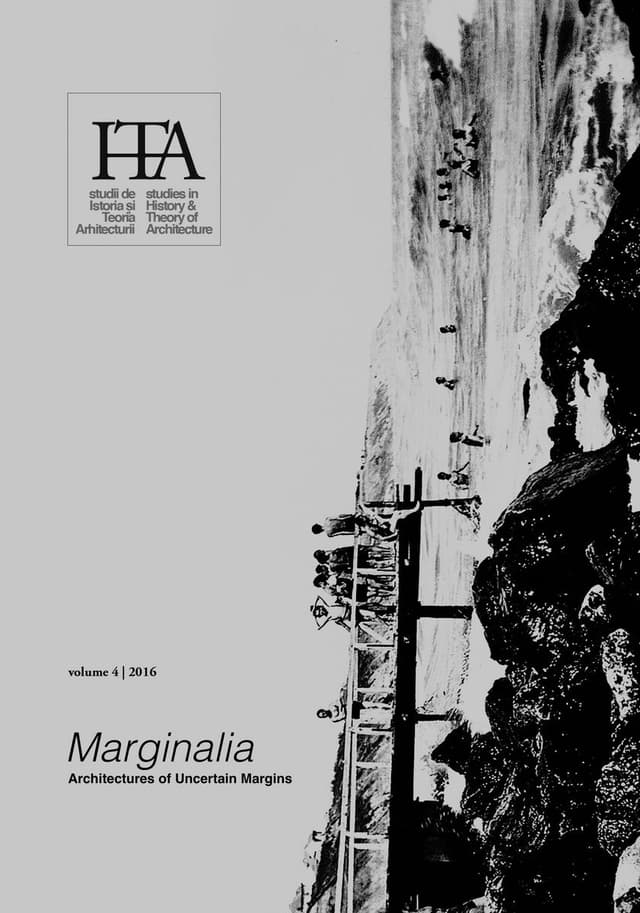Reclaiming a Land of Overlapping FrontiersThe Romanian Seaside until the 20th Century
Reclaiming a Land of Overlapping Frontiers
The Romanian Seaside until the 20th Century
by
Irina Băncescu
Keywords
Romanian seaside
tourism
balneotherapy
Constanța
waterfront
collective imaginary
city image
This research focuses on the marginal condition of the north-west Black Sea coast, until the beginning of the 20th century. Remote and uncertain, this piece of land was located at the extremities of dominant empires and frequently at the centre of political disputes. Bordering a stormy sea that could bring both friends and enemies into its poorly defended harbours, completely isolated from the mainland by the Danube and by the hostile and deserted Dobrudja steppe, this strip of coast struggled to confront its inherent luminal condition. All these overlapping frontiers and social textures slowly determined a hybrid cultural identity, giving it layered meanings, among which its marine condition stood out as a defining feature.
What was the role of the sea in shaping the symbolic identity of Constanţa? Does its imaginary have any consequences on the urban fabric? Even if, as Charles King says, the images and their mental associations might not be that obvious, they do exist and this article tries to highlight the importance of the sea as a defining agent of local history, synthetically exposing the story of the becoming of the coastal landscape. By framing a cultural perspective on this borderland, the study retraces the gradual processes of discovery, construction and identification with the seascape, highlighting social, cultural, economic and politic effects. By alternating objective analysis with subjective views such as testimonials from travellers and locals with various professional backgrounds, the text proposes a concise critical reading of both the physical context of the seaside and the cultural imaginary that impregnated it, from distant contemplation to the pragmatic invention of beach practices.
A series of economic and political events during the second half of the 19th century turned the Romanians’ face towards the sea: Dobrudja and the Black Sea officially attracted the attention of authorities, elites and the entire society. The text focuses on this temporal interval when significant changes took place on the Black Sea shore, and follows its transformation until the beginning of World War I. The case study is Constanţa, as it successfully embodied all the contrasts and changes taking place during this period.
Published in

Chicago citation style
DOI:
10.54508/sITA.4.07